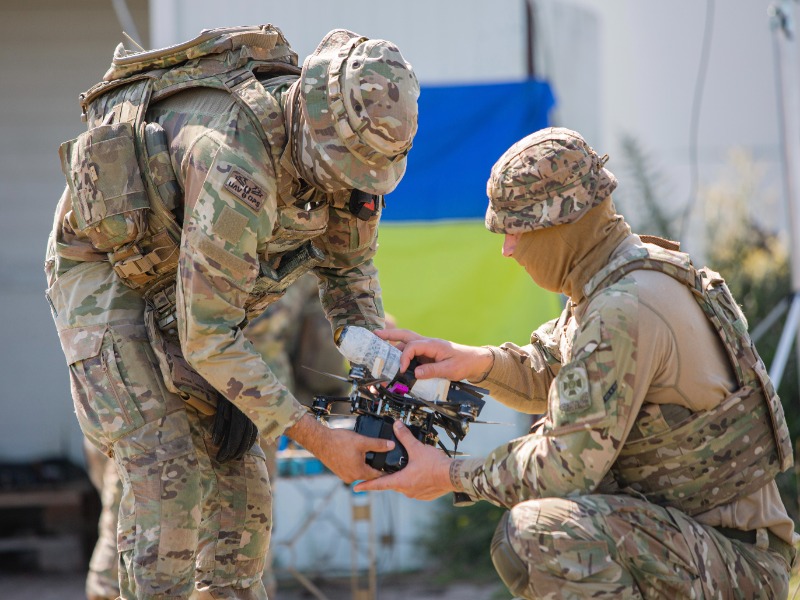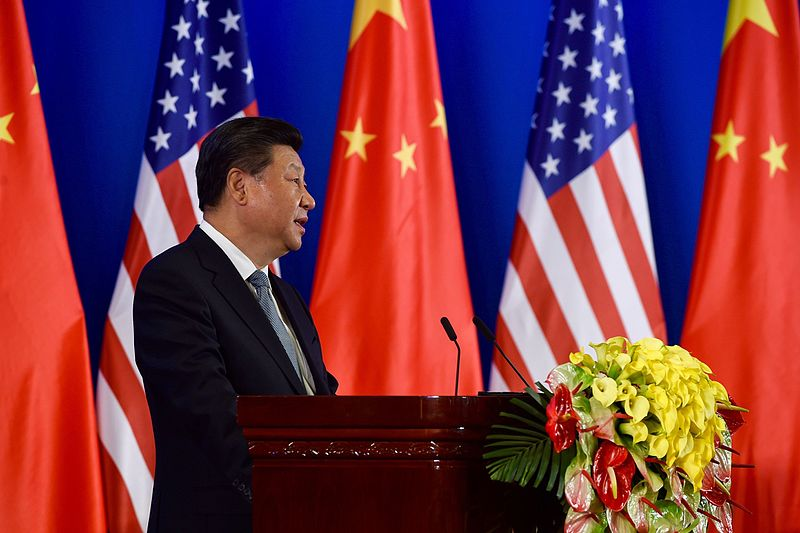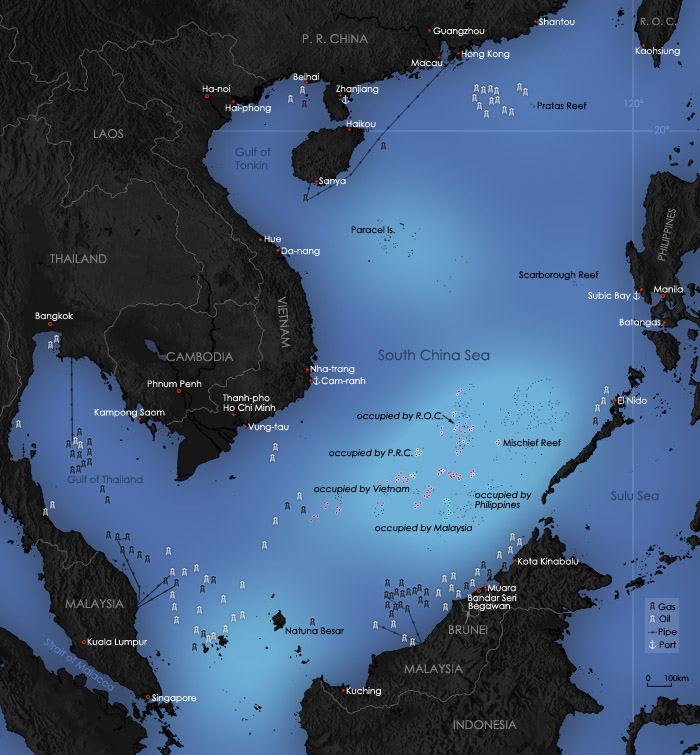On the dawn of the Russian full-scale invasion, most analysts expected Ukraine’s surrender within a matter of days. More than three years into the war, Ukraine continues to prove these predictions wrong, as Russia has been unable to make significant battlefield advances since its initial breakthroughs in 2022. Ukraine is still tangibly outnumbered and outgunned and has a much lower total military expenditure. And yet against all odds, it keeps holding the frontline in a relative stalemate.
One answer to this seemingly intractable puzzle is Ukraine’s booming technological defence sector, especially the dominance of first-person view (FPV) drones. Since 2022, Ukraine has become a global hub for their development and production. Relatively low-cost and efficient, they now account for about 80 percent of the Russian battlefield casualties. FPV drones can be manufactured for as little as 500 USD and, if directed accordingly, destroy heavy equipment worth millions of dollars. Having understood the existential role of drones on the battlefield, the Ukrainian government committed to purchasing 4.5 million of them in 2025 – a two-fold increase compared to the previous year. Given the fragility and inconsistency of Western military aid, Ukraine-produced drones are the most reliable and affordable way for the country to continue withstanding Russian aggression.
Ukraine’s start-ups have a strategic advantage in drone development. They can immediately test new products in action and adapt technology to the demands of modern warfare. As a result, Ukraine produces more advanced, effective, and low-cost products. The country is also making rapid advances in integrating artificial intelligence (AI) on the battlefield. The main objectives are to make drones more resistant to electronic warfare (i.e., un-jammable), ensure more precise target identification, and increase automation to preserve the lives of human pilots. NATO members are falling behind in these technological developments, and, if the need arises, will likely be unprepared to engage in high-tech warfare. In the meantime, since the beginning of the invasion, Russia has been increasing its production of drones and has emphasized the need for greater integration of AI in the military. Russia’s allies, most notably China, North Korea, and Iran, are following the lead.
If this dynamic is not reversed, NATO risks losing its strategic superiority and military preparedness. One way to avoid this is through collaboration with Ukraine’s defence sector. While Ukraine is at the forefront of technological development, its already overstretched government lacks funds to buy all drones produced domestically. Additional sales to and investment by the Western counterparts would benefit Ukraine’s companies. In this light, joint ventures are a win-win undertaking. Several such collaborations are already underway. Rheinmetall, Germany’s largest defence company, has a joint venture with Ukraine’s Ukroboronprom. A tangible part of this military collaboration focuses on drone development. Several of the U.S. defence companies have also taken a keen interest in cooperating with Ukraine’s drone start-ups and have established growing partnerships.
Canada, on its part, has mostly focused on government-led military assistance. Previously, the country donated 800 SkyRanger R70 drones and 100 high-resolution drone cameras to Ukraine. The dynamic began shifting when, during his recent visit to Kyiv, former Minister of National Defence Bill Blair and his Ukrainian counterpart, Rustem Umerov, discussed, “opportunities for joint drone production and the exchange of technological expertise between Ukraine and Canada”, thus planting the seeds for private stakeholder defence cooperation. This is an opportunity that Canada must seize. With the uncertain political climate in the U.S., Canada holds the advantage over its southern neighbour. American companies might be richer, but defence cooperation with them is at least partially contingent on the Trump administration’s stance towards Ukraine, which has proven to be inconsistent. Joint ventures with Ukraine’s technological defence companies are also an opportunity for Canada to boost its lagging research and development and the long-neglected defence industry. It is a win-win scenario that offers an opportunity to achieve two domestic goals in one go while simultaneously boosting Ukraine’s defence capabilities.
However, there are serious downsides to this scenario. Technological advancements in the defence sector, especially the growing use of AI, precipitate great challenges. Automation of warfare permits rival states to inflict large-scale damage with the minimum input of both human and material resources. In cases like Ukraine, this prevents a victim from falling into the arms of the aggressor. But more broadly, this dynamic significantly lowers the cost of war, and, as rationalist theorists would suggest, can make armed conflict more frequent. There is also no existing framework to ensure accountability for striking illegitimate targets in an AI-led warfare. This issue has gained prominence during Israel’s war in Gaza, where AI-directed models of the Israeli Defence Forces have inflicted damage on legitimate and innocent targets alike. The world is lacking a comprehensive international agreement on the regulation of automated weapon systems in combat. The negotiation of such a treaty is vital to initiate global cooperation on the issue. Lastly, autonomous weapons have a dangerous potential to be used as Weapons of Mass Destruction. With the right technology but wrong intentions, they can be programmed for pervasive destruction and killing, and it will likely be very challenging to identify an incoming threat in advance.
This is not to say that automation and the use of AI in warfare should not be pursued. In Ukraine’s situation, these tools are an efficient way to boost military self-sufficiency while fighting a conventionally much stronger enemy. They represent a growing business sector with a promising profit-generating capacity. That being said, Ukraine and NATO should both exercise extreme caution when engaging in the use and development of drones and other forms of automated defence technology to avoid human, material, and reputational costs that arise from the unregulated use of self-operating weapon systems.
Photo: Ukrainian border guards check their UAVs before the combat operation. Petro Zadorozhnyy, State Border Guard Service of Ukraine, the collection of war.ukraine.ua
Disclaimer: Any views or opinions expressed in articles are solely those of the authors and do not necessarily represent the views of the NATO Association of Canada.





